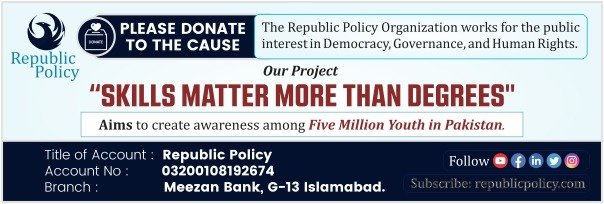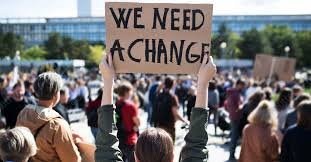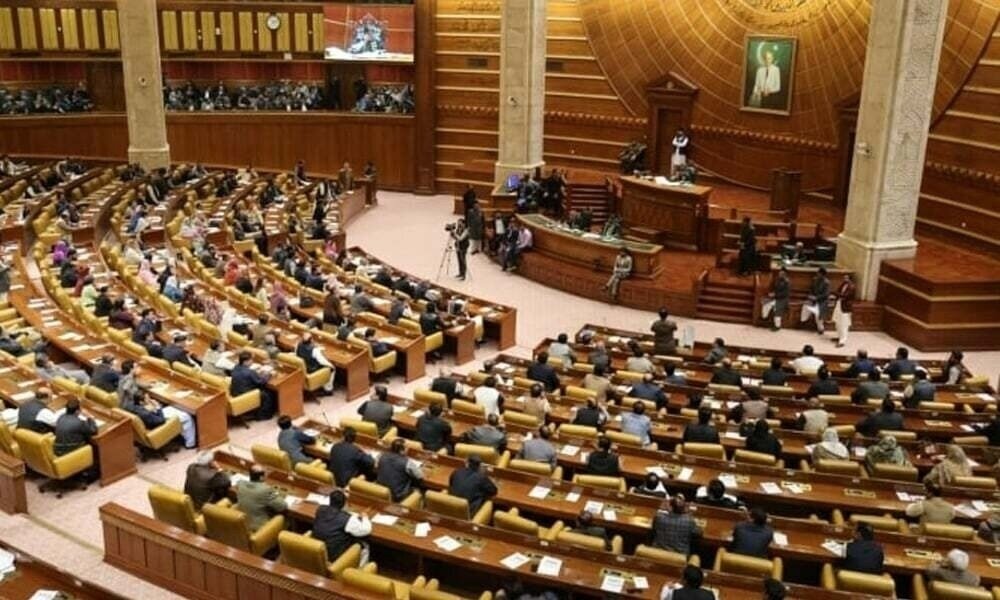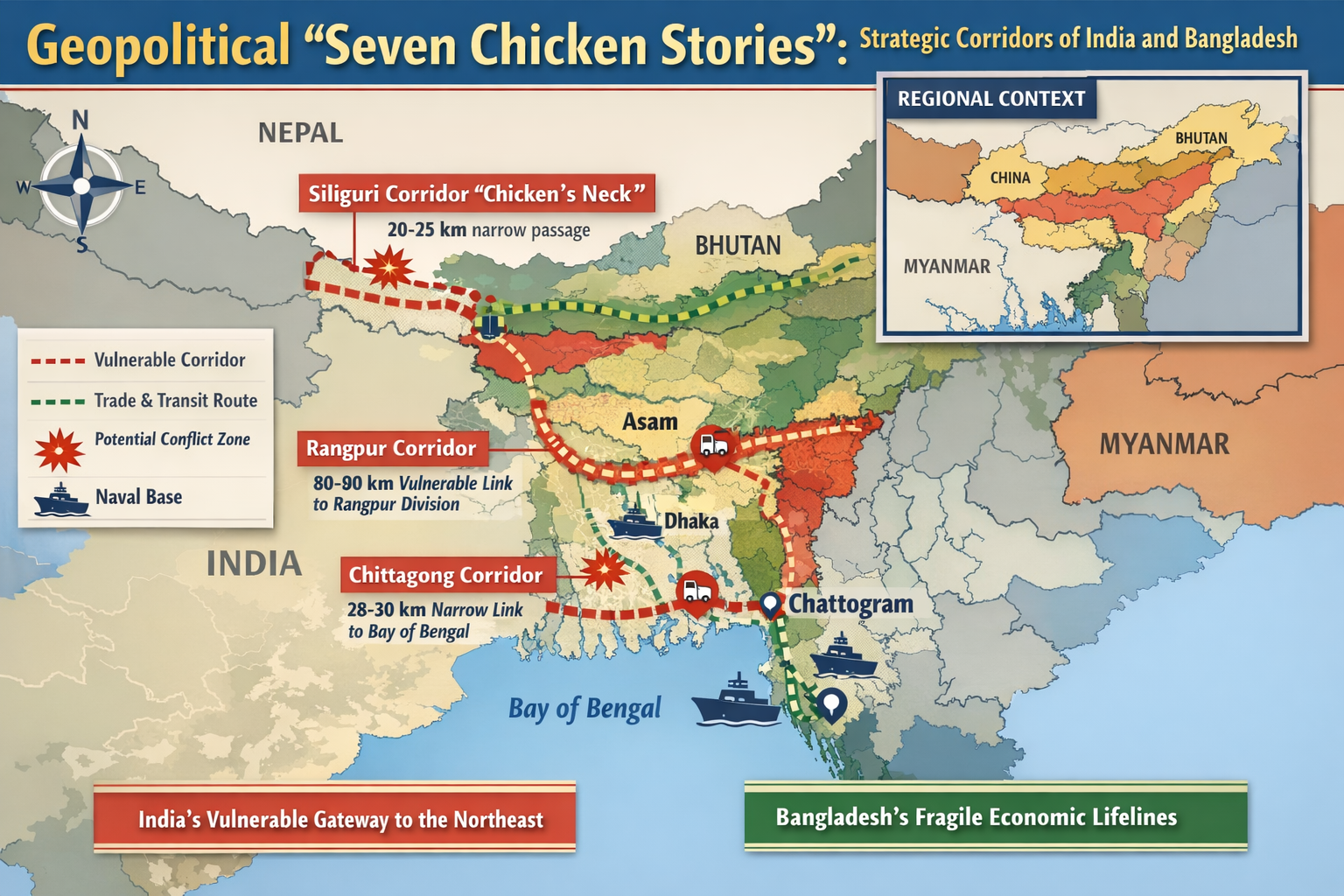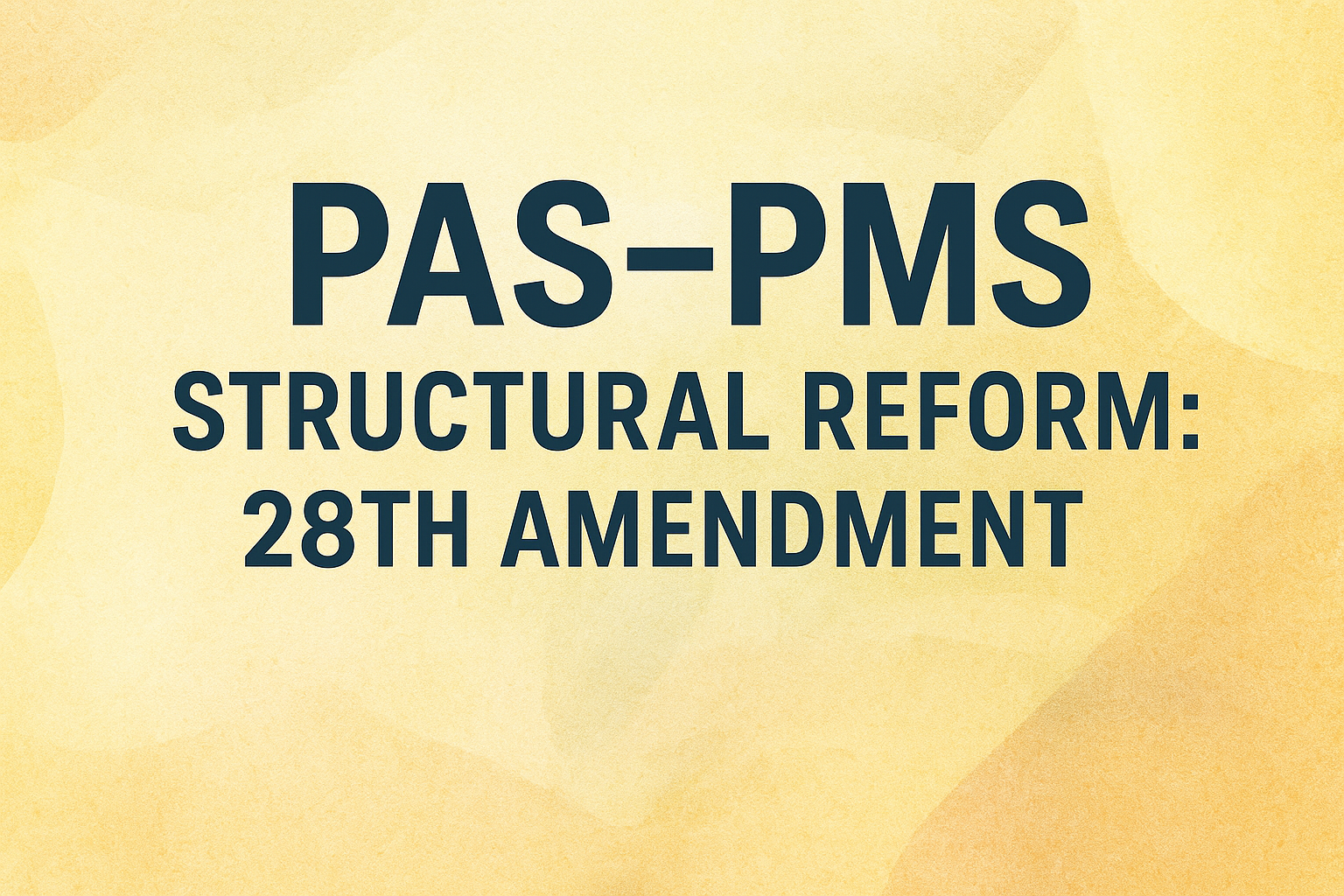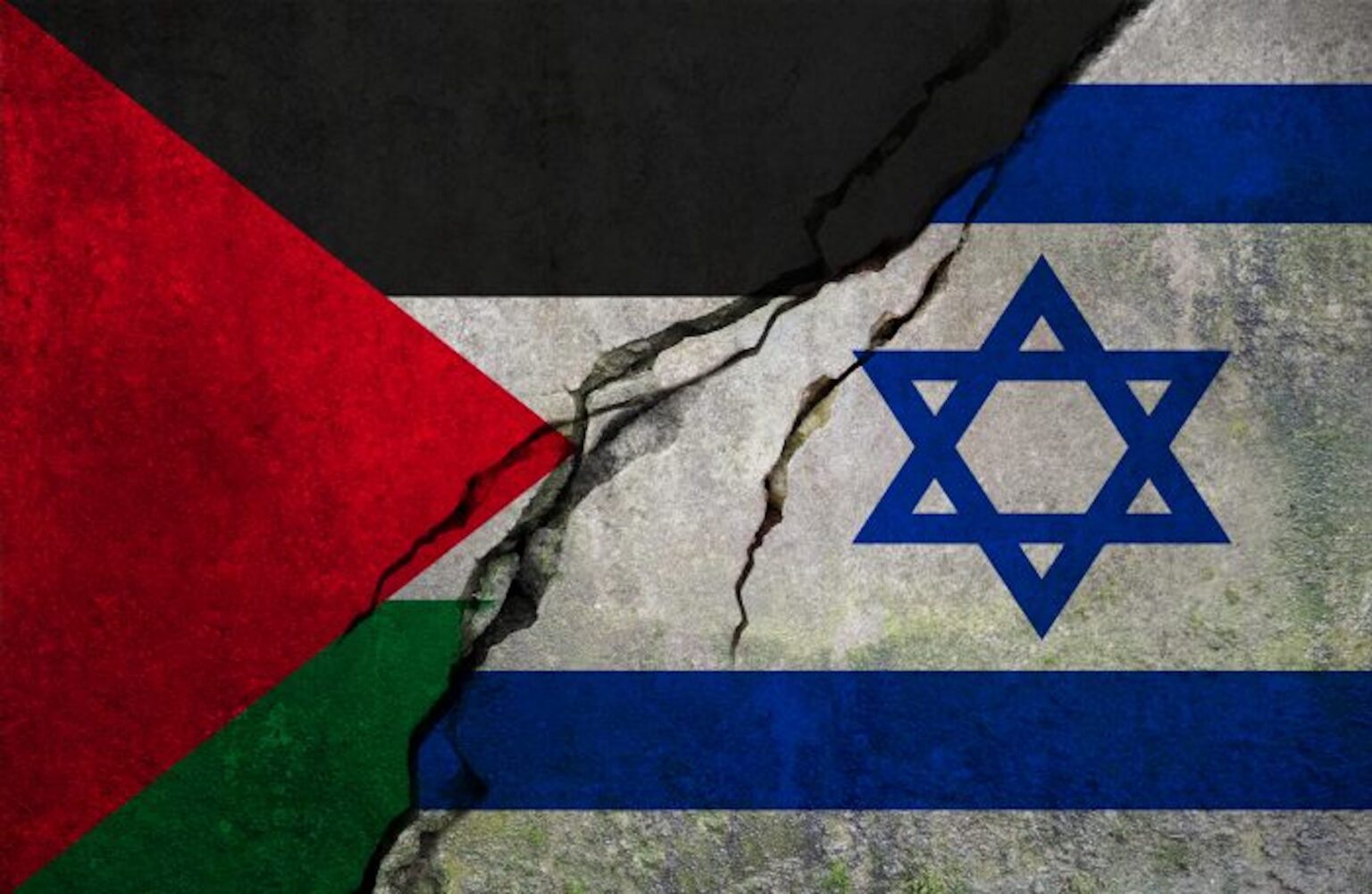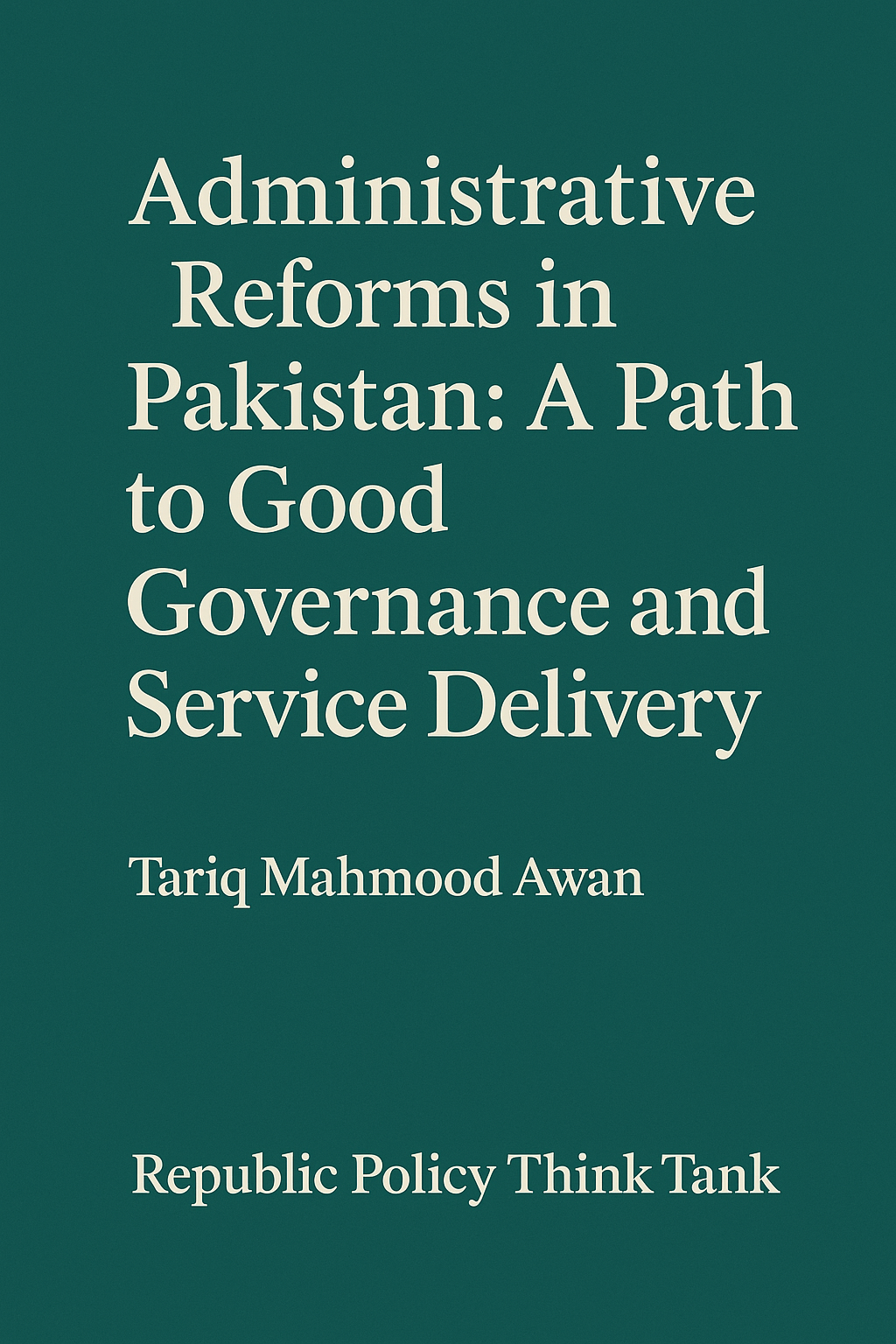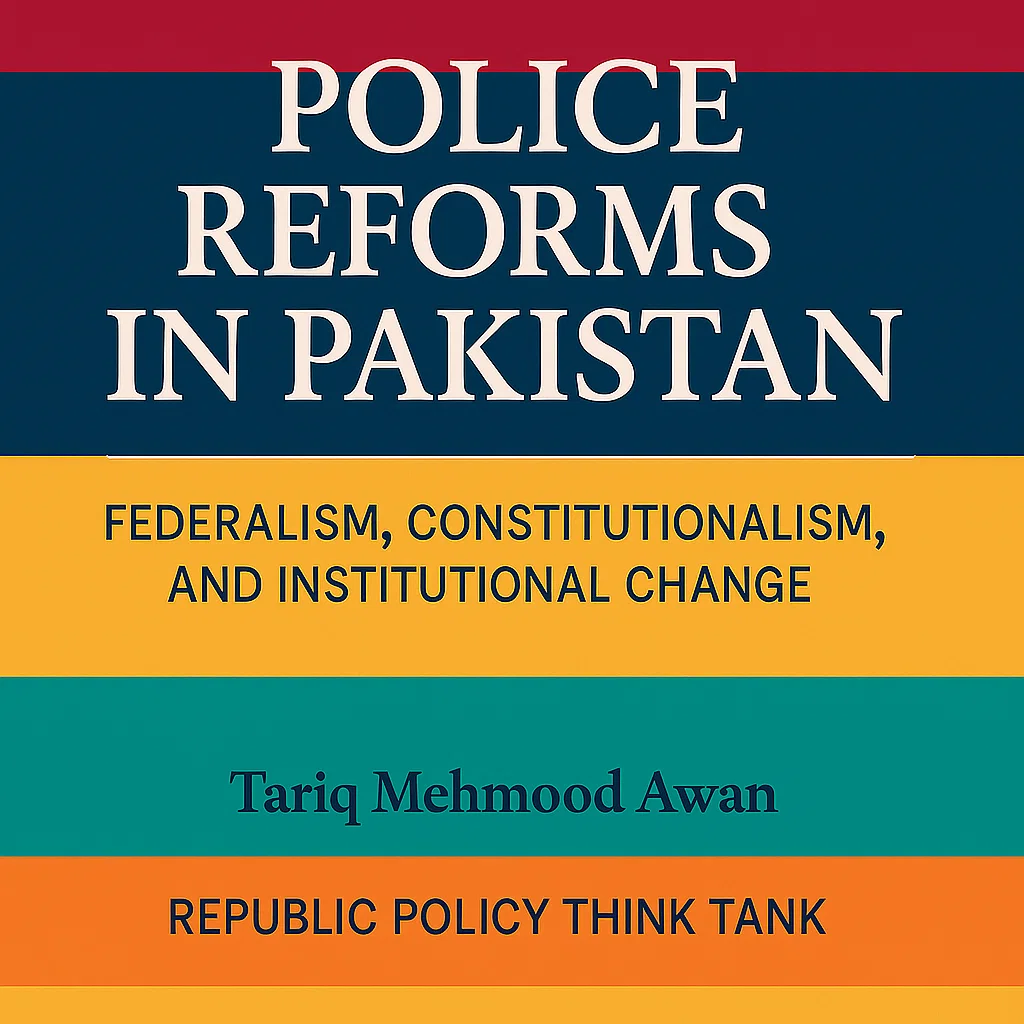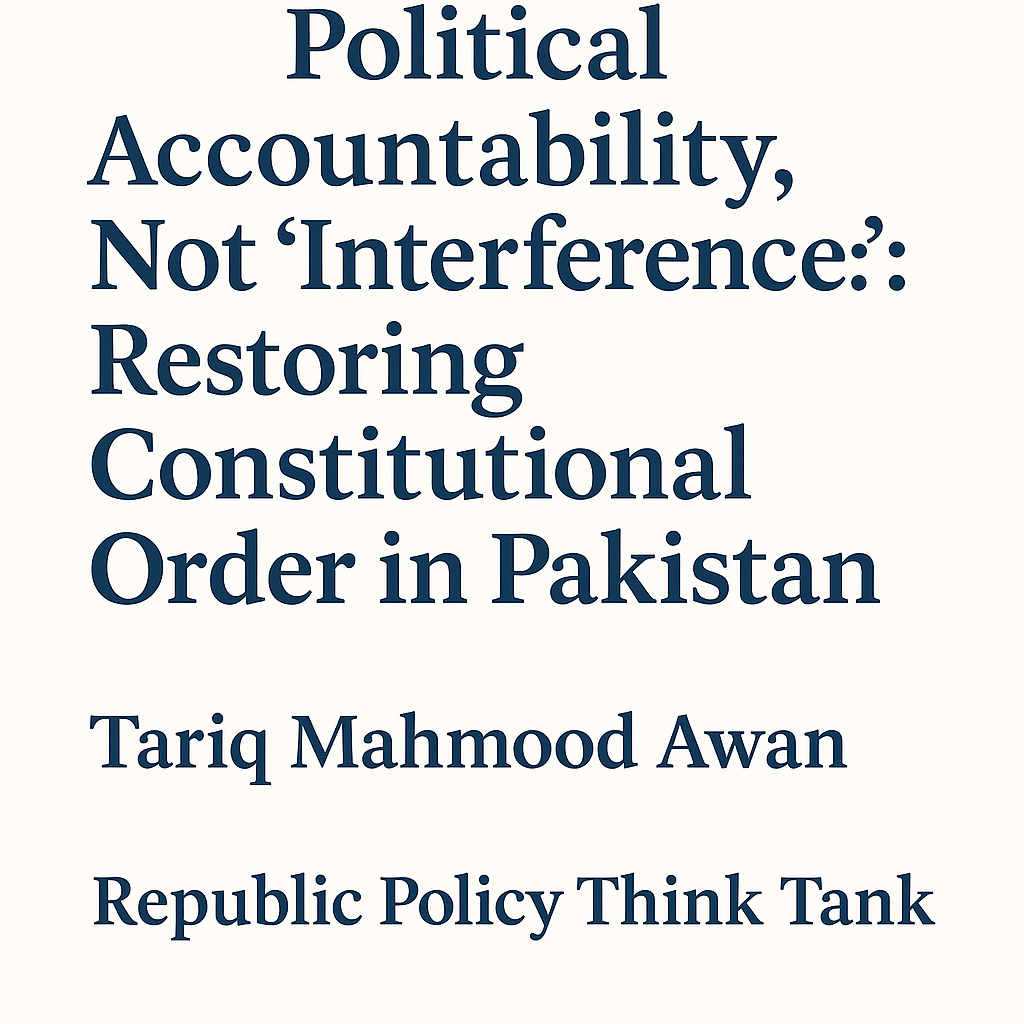Team Republic Policy
Introduction: Understanding Protest Politics in Pakistan
Protest politics in Pakistan has always played a crucial role in shaping national discourse and policy direction. From student uprisings to party-led demonstrations, the street has been as powerful a political platform as the parliament. Yet, protests are not spontaneous eruptions—they are organized expressions of discontent that require planning, structure, and participation.
At the heart of any successful protest movement lies its support base. No matter how charismatic the leadership or how compelling the cause, the engine of protest politics is always the people on the ground. Understanding the structure of this support is vital, especially for political parties facing state repression, judicial constraints, or organizational breakdown.
Why Structure Matters in Protest Movements
When political protests fail to achieve their objectives, the reasons often go beyond bad leadership or flawed messaging. In most cases, failure stems from a weak or fragmented support structure. Conversely, when protests succeed—whether in shifting public opinion, pressuring governments, or gaining international attention—it’s often because they activated every level of their support base effectively.
This report proposes a four-level framework to assess and organize protest participants. By categorizing activists and supporters into strategic layers, political parties like Pakistan Tehreek-e-Insaf (PTI) can improve their ability to mobilize, endure repression, and build a coherent movement even in difficult circumstances.
Watch Republic Policy on YouTube
Tier One: The Ideological Core
At the foundation of any protest movement are the hard-core ideological activists—individuals who believe in the party’s mission beyond mere political convenience. They are motivated not by temporary gains but by long-term visions of justice, reform, or ideological transformation. They are the first to arrive at rallies and often the last to leave. More importantly, they are willing to face arrests, threats, exile, and even violence without abandoning the cause.
In the context of PTI, this core includes workers who stood firm after May 9 events, who endured jail, economic pressure, or social alienation yet remained loyal to the party’s political vision. Without them, no protest can sustain itself beyond the news cycle.
Follow Republic Policy on Twitter
Tier Two: The Volunteer Base
The second level of protest participation is formed by volunteer activists. These are people who may not be ideologically rigid but believe in the party’s policies and leadership. They attend protests, manage logistics, share content online, and occasionally lead neighborhood-level actions. However, their willingness to risk arrest or long-term consequences is limited.
They serve an essential role in creating visibility. By showing up in larger numbers, they amplify the protest’s message. Their presence makes the movement seem “alive,” giving it mass and resonance. Yet their engagement is conditional. If the environment turns hostile, or the leadership fails to guide effectively, they tend to retreat.
Connect with Republic Policy on Facebook
Tier Three: Informal Supporters and Sympathizers
Beyond the organized activists are informal supporters—citizens who are not party members but feel aligned with the political narrative. They may vote for the party, share posts online, or discuss political ideas in their social circles, but they rarely attend protests unless convinced by visible momentum or peer pressure.
However, when protests begin to grow or gain attention, these sympathizers often become the tipping point. Their entry into the movement lends social weight and legitimacy. When this tier joins, the protest moves from being a political stunt to a societal event. That transformation can influence media coverage, institutional reactions, and public sentiment.
Explore Republic Policy on Instagram
Tier Four: The General Public
The last and most complex layer includes ordinary citizens with no formal or informal ties to any party. They represent the average Pakistani—focused on jobs, family, and daily survival. Yet, under the right conditions, they can be motivated by specific grievances such as inflation, injustice, electricity outages, or national crises.
This group participates only when the protest touches their personal lives or emotions. They do not care for ideology or political rivalries but are drawn into action when they feel exploited or ignored. If this tier becomes active, the protest turns into a mass movement that even powerful regimes cannot easily ignore.
Watch Republic Policy on TikTok
PTI’s Challenge and Opportunity
For PTI, which remains under immense legal and institutional pressure, the relevance of this four-tier framework is more than theoretical—it is existential. The May 9 fallout decimated much of its volunteer and informal supporter structure. Many leaders fled or went silent, while ideological activists were jailed or harassed. As a result, PTI’s protest muscle weakened, even though public support may still exist in passive form.
To recover, PTI must rebuild from the bottom up. That means investing in its hard-core activists—reconnecting, protecting, and training them for future political action. It must create systems of communication, legal aid, and psychological support to maintain their morale and preparedness.
Join Republic Policy on WhatsApp Channel
Strategic Path Forward
PTI should consider a multi-tiered mobilization strategy as follows:
Reorganize Ideological Cadres: Map out and reconnect with jailed or silent activists. Build localized cells focused on ideological training, legal awareness, and protest discipline.
Re-Engage Volunteers: Offer structured roles—logistics, digital outreach, media handling—so that volunteers feel useful and protected.
Tap into Sympathizers: Use digital campaigns, short videos, and relatable storytelling to emotionally reconnect with passive supporters.
Resonate with Public Sentiment: Avoid elite-centric narratives. Focus on economic pain, injustice, and national dignity to draw the general public into the conversation.
Every level of this strategy must be systematic and sustained. Short bursts of mobilization followed by long periods of silence confuse the base and disillusion sympathizers. Only consistent engagement can rebuild the movement organically.
Lessons for Protest Movements in Pakistan
Beyond PTI, other parties and civic groups must understand that protest politics is not about noise, but about layers of trust and engagement. Without hard-core activists, there is no fire. Without volunteers, no spread. Without sympathizers, no social legitimacy. And without the public, no mass power.
Movements that understand these dynamics can outlast repression and emerge stronger. Those that don’t will fade, no matter how strong their slogans or how large their social media following.
Conclusion: From Spontaneity to Strategy
Protest politics in Pakistan will remain relevant so long as governance remains unequal, justice delayed, and voices suppressed. But for political protests to become sustainable tools of change, they must evolve from spontaneous expression to strategic execution.
The four-tier model—ideological core, volunteer base, sympathizers, and general public—offers a realistic blueprint for this transition. Parties like PTI must view this structure not only as a sociological observation but as a strategic roadmap. Organize the base, build the bridge, and only then expect the crowd.
In the current climate, the margin of error is slim, but the opportunity is historic. Only organized protest politics—rooted in people, not just personalities—can shape the political future of Pakistan.
This report is published by Republic Policy Think Tank. For quality analysis and political insights, follow us:


